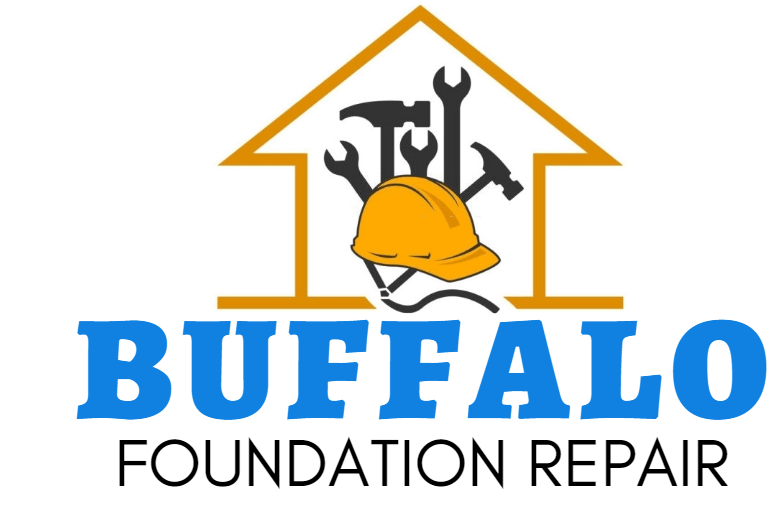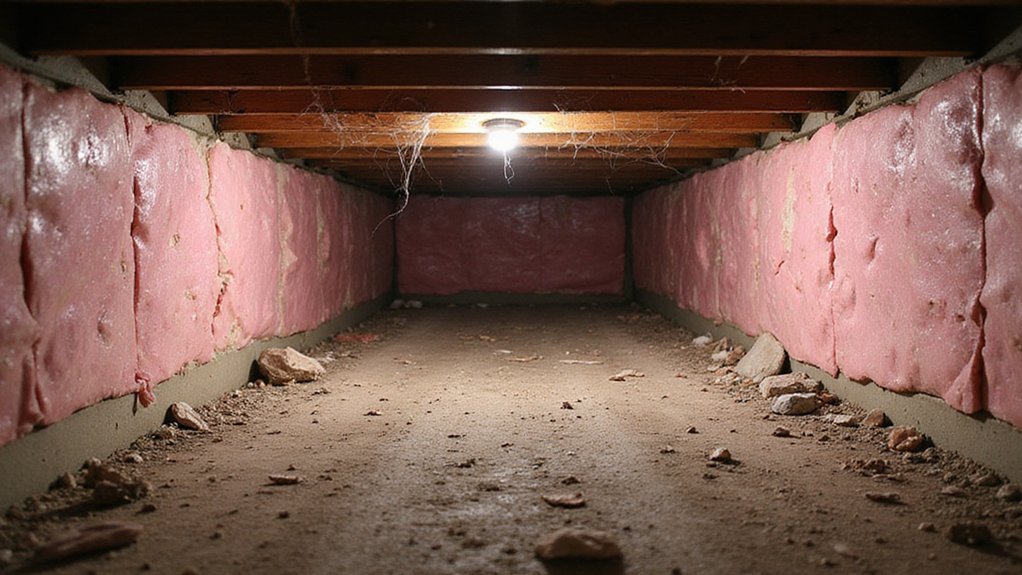Thinking of insulating your home’s crawl space? You’re on the right path. Crawl space insulation can provide impressive long-term advantages, from enhanced energy efficiency to better indoor air quality. But with various factors to ponder, it’s indispensable to weigh the pros and cons to ascertain it’s the right investment for your home. Investigate the potential advantages – and potential obstacles – to determine if crawl space insulation aligns with your objectives and budget.
Benefits of Crawl Space Insulation
Insulating your crawl space can provide a wealth of benefits that can deeply improve the comfort and efficiency of your home. By improving energy efficiency, crawl space insulation helps regulate temperatures, keeping your home warmer in the winter and cooler in the summer. This can drastically reduce your energy costs, as your HVAC system won’t have to work as hard to maintain your desired indoor climate. Additionally, insulation helps prevent moisture buildup, which can lead to mold, mildew, and other issues that compromise your home’s air quality and structural integrity. Regular inspections are important to identify any foundation issues early on.
Factors to Consider
When evaluating crawl space insulation, it’s important to carefully assess your home’s unique characteristics. Moisture levels and air circulation are key factors to examine. Excess moisture can lead to mold, mildew, and structural damage, so ensuring proper ventilation is pivotal. Additionally, the condition of your crawl space, including any existing insulation or encapsulation, will impact the best insulation solution. Consulting a professional can help you assess these factors and determine the most effective and cost-efficient insulation approach for your home. With the right insulation, you can enjoy improved energy efficiency, comfort, and protection from potential crawl space issues. Permanent solutions to address foundation issues can also be important to consider.
Types of Crawl Space Insulation
Depending on your specific needs and the condition of your crawl space, you can choose from several types of insulation materials.
Fiberglass batt insulation: This affordable option offers good thermal and sound insulation, but it requires proper installation and ventilation to prevent moisture buildup.
Spray foam insulation: Highly effective at sealing air leaks and providing superior insulation, spray foam can also contribute to crawl space moisture control when applied correctly.
Rigid foam boards: These panels offer excellent thermal performance and can be customized to fit the unique dimensions of your crawl space, helping to improve overall crawl space ventilation.
Cost and Savings Analysis
While the initial cost of crawl space insulation may seem formidable, the long-term energy savings and improved home comfort can make it a worthwhile investment. Homeowners can typically expect a payback period of 5-10 years, depending on factors like climate, home size, and insulation quality.
This energy efficiency upgrade can reduce your heating and cooling costs by as much as 20%, making it a smart choice for saving money and improving your home’s sustainability. The upfront investment pays off considerably over time, enhancing your comfort and property value.
Preparing for Crawl Space Insulation
Before tackling the crawl space insulation project, you’ll need to properly prepare the area. This involves three key steps:
- Site Preparation: Clear the crawl space of any debris, clutter, or stored items. This will give you a clean, unobstructed workspace to work in.
- Moisture Control: Inspect the crawl space for signs of moisture or water intrusion. Address any leaks, cracks, or ventilation issues to guarantee a dry environment before insulating.
- Ventilation: Confirm adequate airflow by checking that crawl space vents are unobstructed and functioning correctly. Proper ventilation is essential for maintaining a healthy, moisture-free crawl space.
Hiring a Professional Contractor
One important decision you’ll need to make is whether to hire a professional contractor to handle the crawl space insulation project. While you could tackle it yourself, a qualified contractor guarantees proper insulation installation and job site safety.
They’ve the proficiency, tools, and experience to get the job done right, which can save you time, money, and hassle in the long run. Plus, a professional contractor can identify and address any underlying issues, such as moisture or ventilation problems, that could compromise the effectiveness of the insulation. Hiring a pro is often the smartest choice for a successful crawl space insulation project.
Maintenance and Ongoing Care
Properly maintaining and caring for your crawl space insulation is key to securing its long-term effectiveness. To keep your insulation in top shape, consider these steps:
- Regularly inspect the area for moisture buildup. Excess moisture can compromise the insulation’s performance and lead to mold growth. Address any leaks or drainage issues promptly.
- Guarantee proper ventilation. Adequate airflow helps regulate temperature and humidity, preventing moisture accumulation. Follow the manufacturer’s recommendations for ventilation requirements.
- Clean the crawl space periodically. Remove debris, pests, and anything that could damage the insulation. This proactive maintenance will extend the life of your investment.
Frequently Asked Questions
How Does Crawl Space Insulation Affect Indoor Air Quality?
Crawl space insulation improves humidity control, reducing mold growth. You’ll enjoy better indoor air quality, creating a healthier, more comfortable home environment where you and your family can thrive.
Can Crawl Space Insulation Be Installed in an Existing Home?
You can install crawl space insulation in your existing home through DIY methods or by hiring professional installation services. Both options can provide the comfort and efficiency you’re seeking to create a cozy, welcoming space.
How Often Does Crawl Space Insulation Need to Be Replaced?
Crawl space insulation typically lasts 15-30 years with proper maintenance. Its average lifespan depends on factors like moisture, pests, and compression. Regularly inspecting and repairing the insulation guarantees it continues keeping your home comfortable and energy-efficient.
Can Crawl Space Insulation Be Used in a Damp Environment?
Using crawl space insulation in a damp environment requires proper moisture control and vapor barrier installation. This helps prevent mold, mildew, and rot, ensuring your crawl space stays dry and comfortable.
What Are the Safety Considerations for Installing Crawl Space Insulation?
Installing crawl space insulation requires proper ventilation to prevent mold and fire hazards. Guarantee adequate airflow and avoid contact with electrical wiring or pipes. Take necessary precautions to certify a safe and effective installation.


Recent Comments